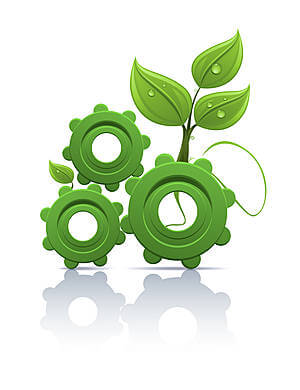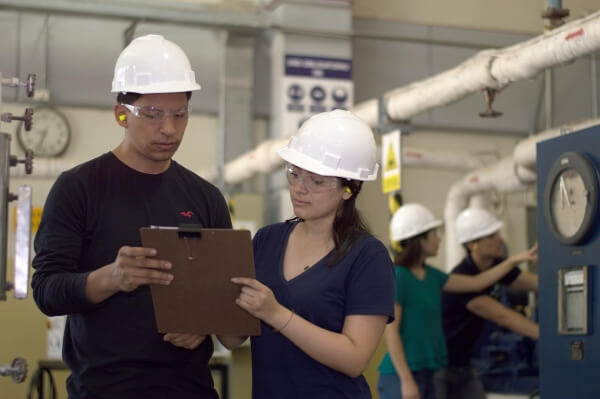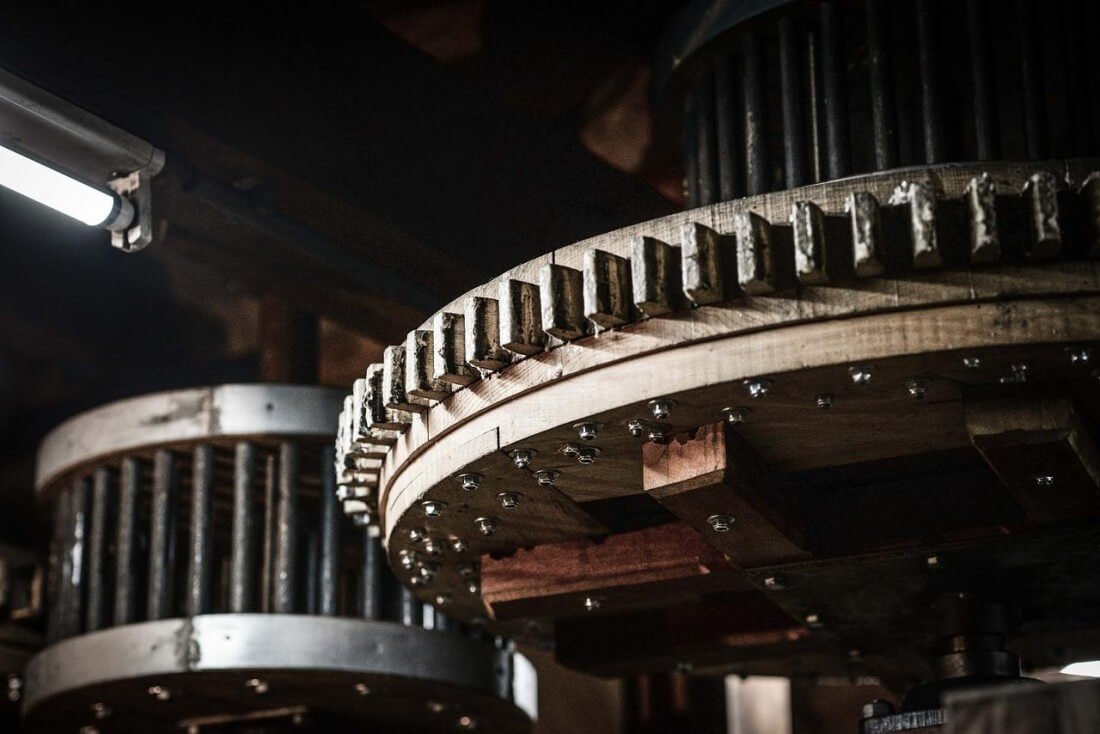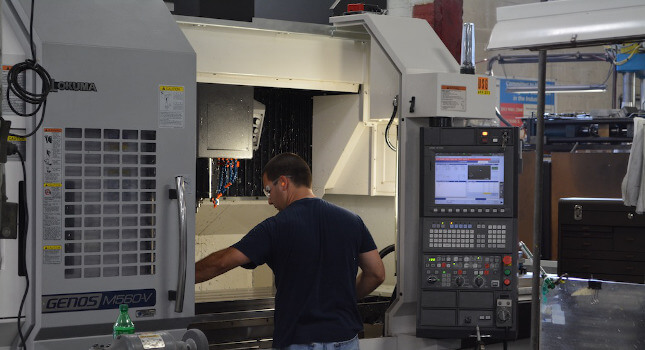Sustainable Manufacturing is Probably Bigger than You Think
As I wrote in my last blog post on sustainable manufacturing, it’s easy to think of going green in terms of facility improvements such as better lighting, reduced water consumption and treated chemical run-off. We don’t usually think about the impact that automation and controls can have. But if we consider the way the U.S. Department of Commerce (DOC) defines sustainable manufacturing, we’ll see that those of us who design and build automation and controls can have a big impact. The DOC defines sustainable manufacturing as production using processes that: 1. Minimize negative environmental impacts; 2. Conserve energy and natural resources; 3. Are safe for employees, communities and consumers; and 4. Are economically sound Last time, I wrote about minimizing negative environmental impacts. In this post, I’ll focus on conserving energy and natural resources.
Conserving Energy and Natural Resources
Each component of a machine consumes natural resources in its creation and most require energy to operate. When automation and controls are designed to include fewer components, the environment benefits.
Flexible Systems are Key
Flexible systems are key to this strategy. For example, single-function exhaust leak testers each have their own PLCs, pin stampers, bar code readers, printers and energy consumption. But when these automated systems are designed to work with a docking station, multiple leak testers can move in and out of a dock that includes a single PLC, pin stamper and bar code interface. The leak test system is mounted on a wheeled base and hooks up to the docking station with quick-connects. Natural resource and energy consumption is considerably lower than with multiple single-use systems. Capacity utilization can be optimized through the use of flexible systems, reducing floor space and power requirements. We design our assembly line fixtures and automation to work the same way. Our battery-free AGVs are designed to accommodate virtually any part with a quick fixture change-out. The controls that power the AGVs can also be quickly changed to reflect changes to part, process or line path.
Designing in Energy Regeneration
While traditional powertrain test braking systems can lose 100 percent of their power in wasted heat, dynamic testing systems with electrical and mechanical regeneration recapture up to 80 percent of their power to be reused in testing. We do a lot of work with Siemens to understand their energy conservation products that use this technology and insert them into our engineering designs (see examples of Siemens regenerative drive technologies).
Controls and Automation can be Sustainable
Automation and controls engineers don’t often think of themselves as agents for sustainability, but we are. By designing flexible, consolidated, energy regenerating machines, we can play a significant role in helping our companies to become greener. Here’s our info on sustainable manufacturing. It’s a big part of who we are. I presented a white paper on this topic to the 2015 SAE World Congress, and it’s available from them here. If you’d like to talk more about taking a broader view of sustainable manufacturing, please feel free to email me at remery@redviking.com or call me at 734-454-0500. This post first appeared in Automation World.







